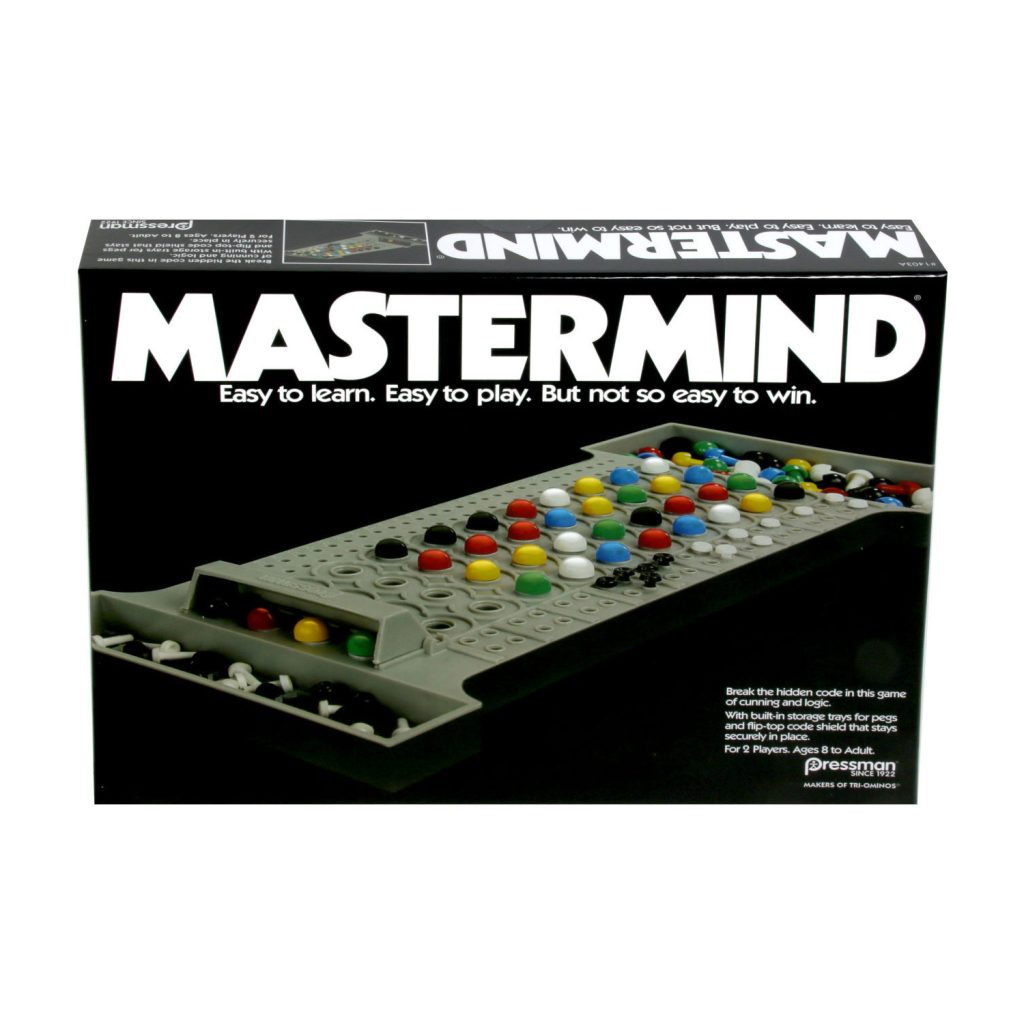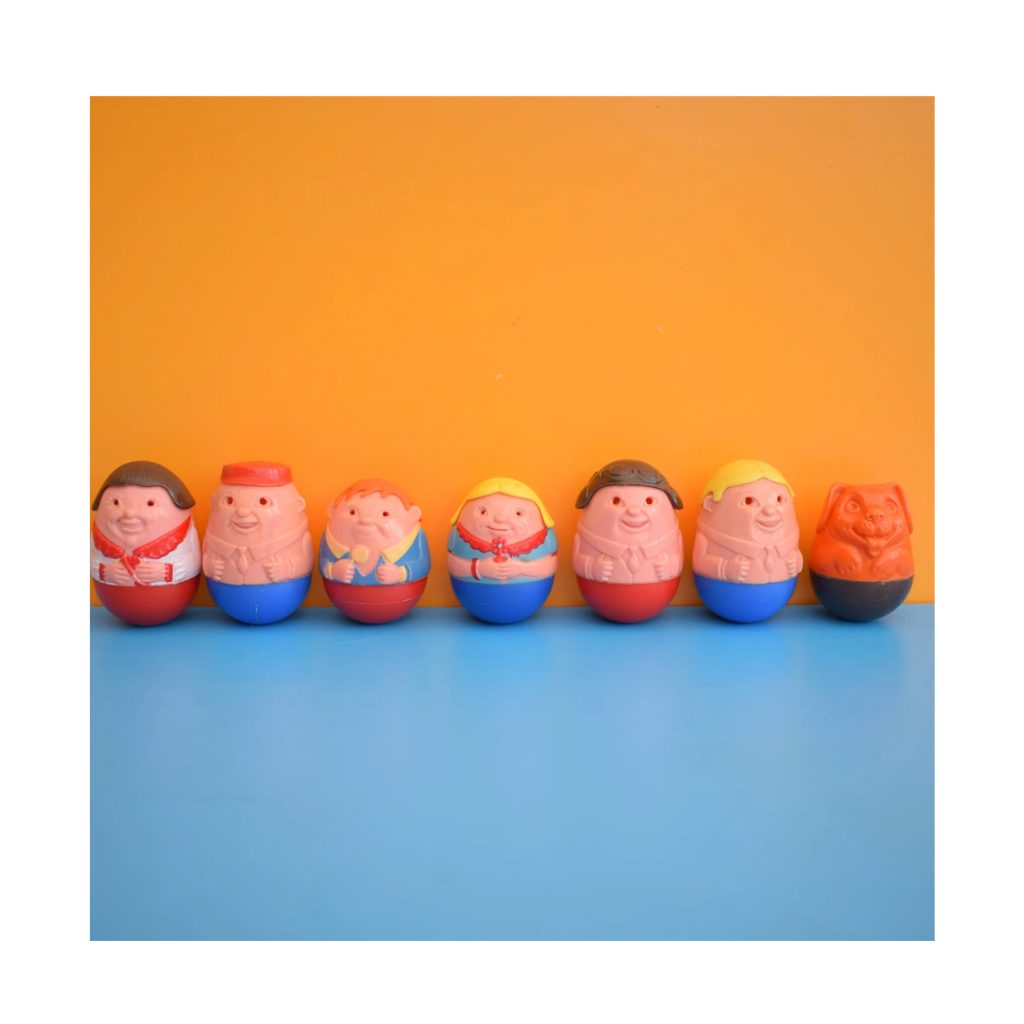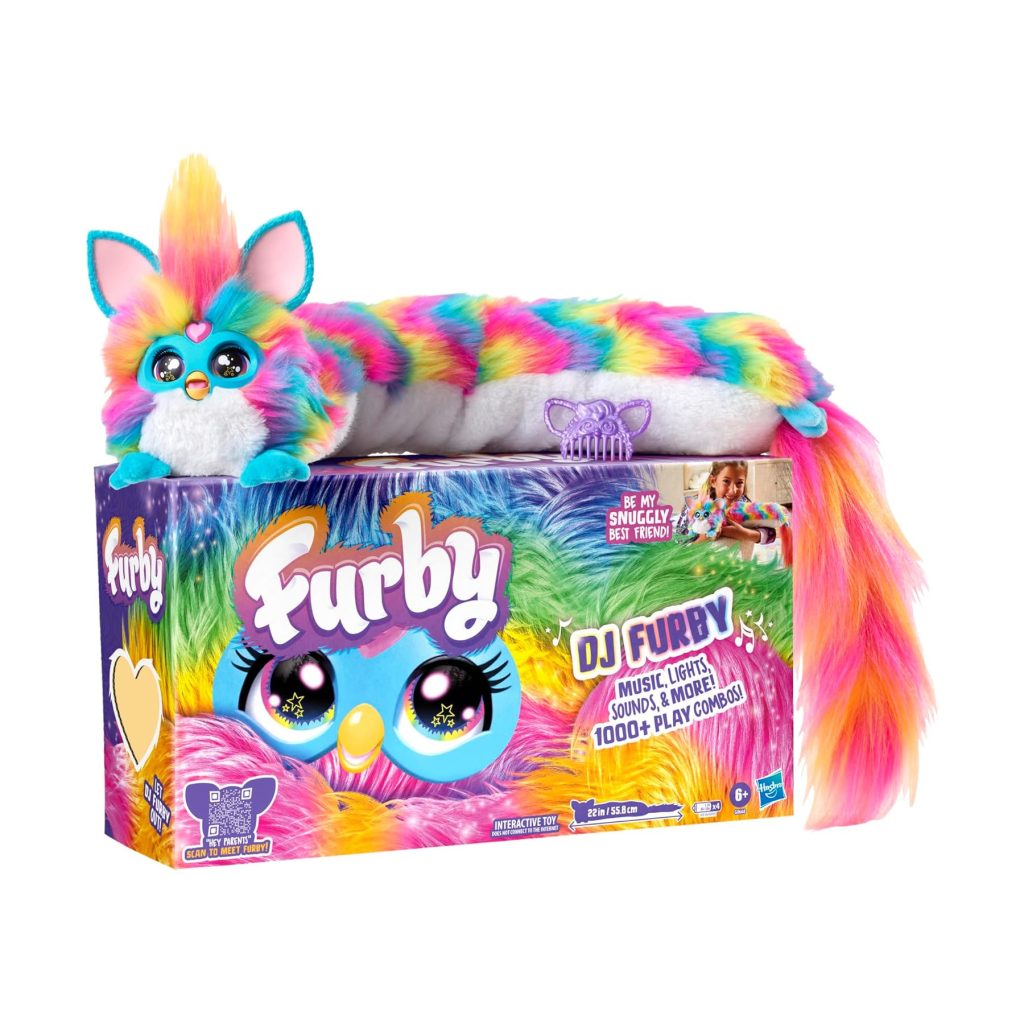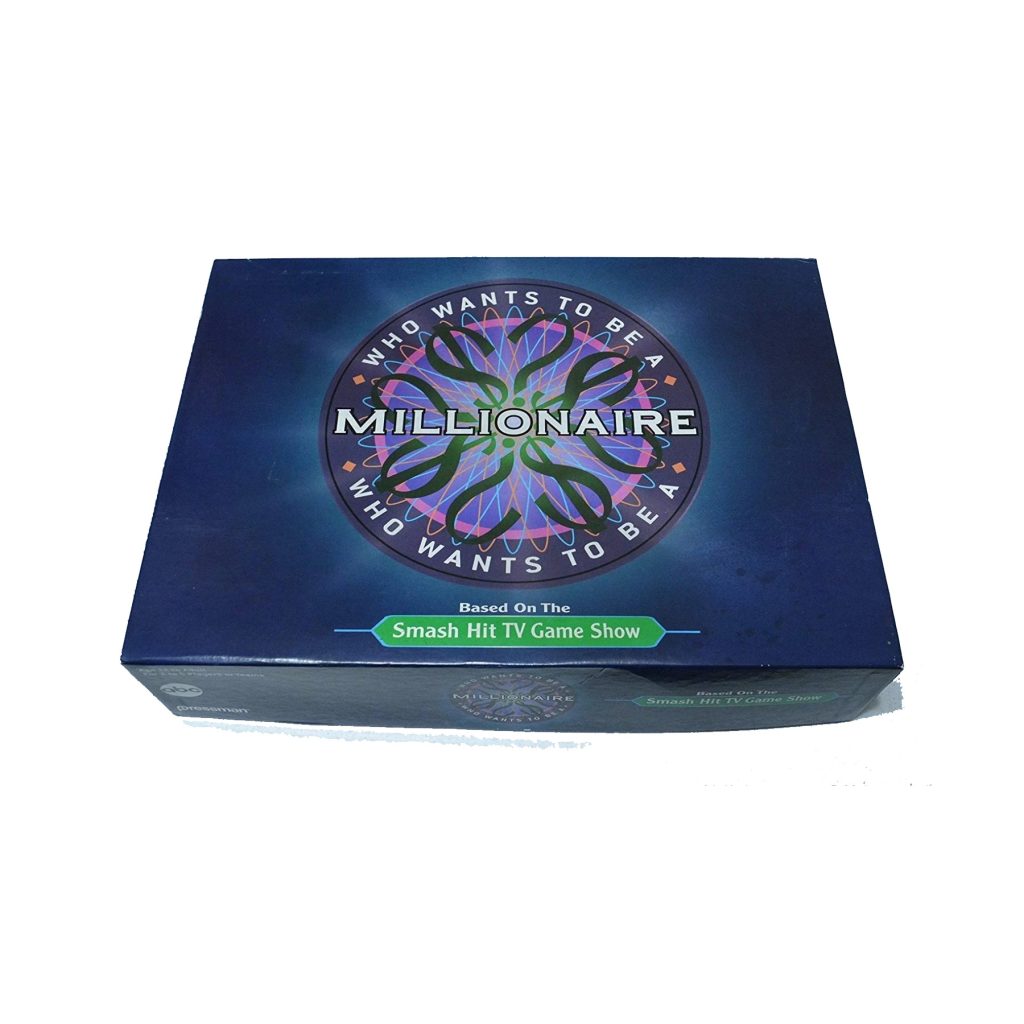
⏰ “Don’t leave it too late — some Christmas best-sellers sell out early each year.”
Mastermind Code Breaking Game Top 10 Christmas Toys 1971
Mastermind Code Breaking Game Top 10 Christmas Toys 1971
The Mastermind Code Breaking Game arrived under Christmas trees in 1971, wrapped in mystery and strategy. Unlike dolls or bouncing toys, this was a game that made you think, puzzle, and plan. Children unboxed it with curiosity, finding a sleek plastic board, rows of holes, and coloured pegs that promised hours of deduction. Mastermind wasn’t noisy or flashy; it was quiet, cerebral fun—the sort of game where concentration furrowed brows and victory brought triumphant smiles. For many families, it quickly became a Christmas favourite that stood out from the era’s more energetic toys.
1971: A Year in Context
The year 1971 in the United Kingdom was filled with change. Decimalisation replaced shillings and pence with new coins, sending families into shops with conversion charts. The glam rock sound of T. Rex and Slade dominated radios, while space exploration still captured imaginations after Apollo 15’s lunar rover journey. Colour TV was spreading, bringing shows like “Blue Peter” and “Dad’s Army” to life in homes across Britain. In this atmosphere of innovation and modernity, a code-breaking board game felt perfectly timed—it echoed the excitement of discovery and the challenge of cracking puzzles in a world growing more complex.
The Origins of Mastermind
Inspired by earlier pencil-and-paper games, Mastermind was designed in 1970 by Mordecai Meirowitz, an Israeli postmaster, and brought to market by Invicta Plastics in Leicester. By 1971, it was firmly on toy shop shelves and climbing Christmas lists. The premise was elegant: one player created a secret code using coloured pegs, while the other tried to guess it in as few turns as possible. Simple to learn but difficult to master, the game appealed to children and adults alike. Its combination of logic, patience, and deduction made it one of the most intellectually engaging toys of the decade.
A Christmas Morning Favourite
Unwrapping Mastermind in 1971 was like receiving a challenge wrapped in festive paper. Families crowded around, eager to test their wits against one another. Parents often enjoyed it as much as their children, appreciating that it required thought rather than chance. The game quickly became a Boxing Day staple, filling quiet afternoons with peg-clicking and whispered strategies. Unlike action toys, Mastermind invited reflection, communication, and subtle competition—qualities that made it stand out amid the noisy backdrop of toy adverts.
Marketing and Appeal
Mastermind’s advertising was distinctive. The now-famous box cover depicted a bearded man in a sharp suit sitting beside a glamorous woman, both exuding a sense of sophistication. This unusual choice gave the game a mysterious, grown-up aura, which intrigued both children and adults. In playgrounds and offices alike, people talked about “breaking the code.” The clever branding turned what could have been seen as a niche puzzle into a mainstream must-have. By the end of 1971, it was one of the year’s best-selling games, cementing its place in Christmas history.
Price Then and Now
Back in 1971, Mastermind cost around £1.64, which equates to about £28.99 today. That made it affordable but still substantial enough to be considered a “main gift.” Its sturdy construction and replayability gave parents confidence in its value. Today, vintage sets—particularly early Invicta editions—are sought after by collectors and can fetch significant sums. The enduring appeal of the game has also kept modern editions in production, proving that a simple idea can span generations.
Why Mastermind Captured Imaginations
Mastermind arrived at just the right time. In an age fascinated by espionage, codes, and puzzles, it allowed ordinary families to experience the thrill of code-breaking in their own living rooms. Children learned to think logically, anticipate possibilities, and refine strategies, while adults found satisfaction in outsmarting opponents. Unlike many fads, the game required no batteries and no gimmicks—just minds at work. It was proof that sometimes the quietest toys leave the loudest memories.
Nostalgia and Legacy
For those who played Mastermind in 1971, the memories are vivid: the click of coloured pegs, the tension of waiting for feedback, and the joy of finally cracking the code. The game became more than a pastime; it was a mental workout that sharpened skills while fostering togetherness. Today, Mastermind is still in production and remains popular worldwide, with digital versions expanding its reach. Yet for those who unwrapped it at Christmas in 1971, no version can match the thrill of that first game played on the living room carpet.
1971 Christmas Memories
Families who owned Mastermind often remember Christmas afternoons spent in quiet concentration, the tree lights twinkling as codes were broken and set anew. Children challenged parents, siblings battled each other, and everyone learned that patience could be as important as luck. In an era when toys like the Space Hopper had kids bouncing outdoors, Mastermind offered a contrasting form of joy: thoughtful, brain-stretching play that brought households together in shared triumph and laughter.
Conclusion
The Mastermind Code Breaking Game of 1971 proved that a simple idea, executed brilliantly, could become a holiday legend. Its mix of logic, strategy, and mystery made it one of the decade’s most enduring toys. If you unwrapped Mastermind back then, you can revisit it and other favourites in our Top 10 Christmas Toys 1971 archive. Explore how it fits within the most popular Christmas toys of all time, and discover what children are dreaming of today in our Top 10 Christmas Toys 2025 guide. Some games fade with time, but Mastermind continues to challenge and delight across generations.
Some links on our site are affiliate links. If you buy through them, we may earn a small commission — at no extra cost to you. 🎄
⏰ “Don’t leave it too late — some Christmas best-sellers sell out early each year.”
Available From:















